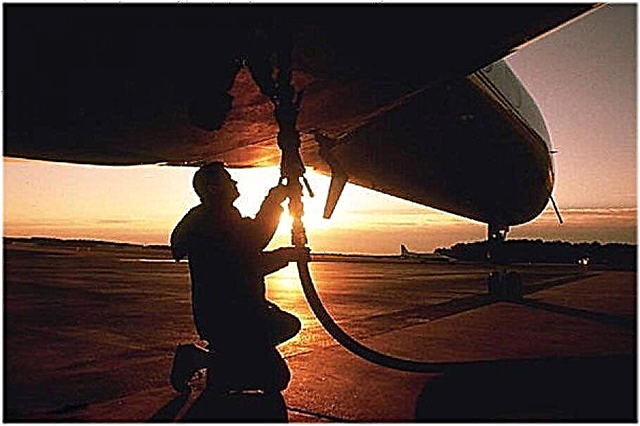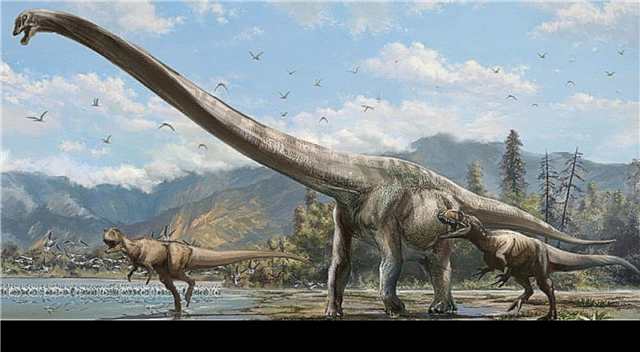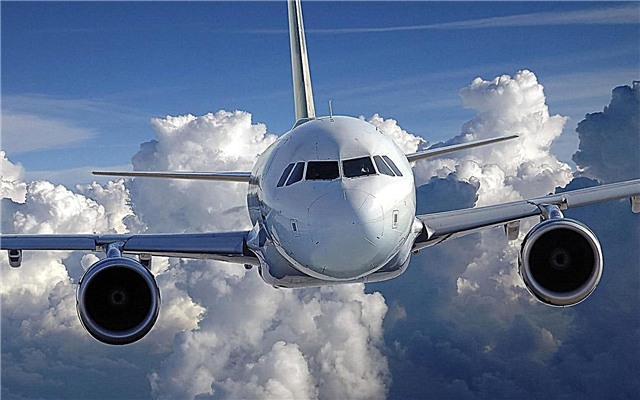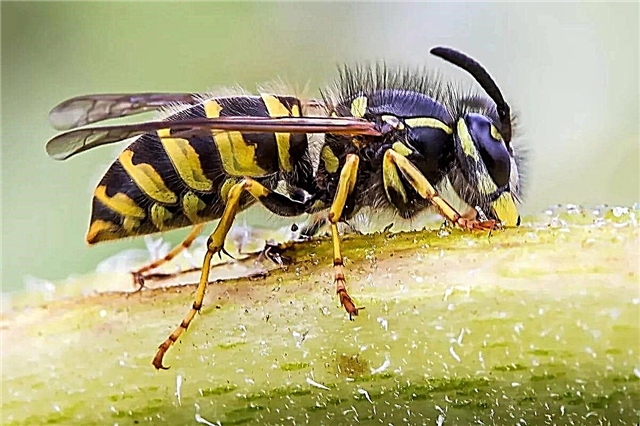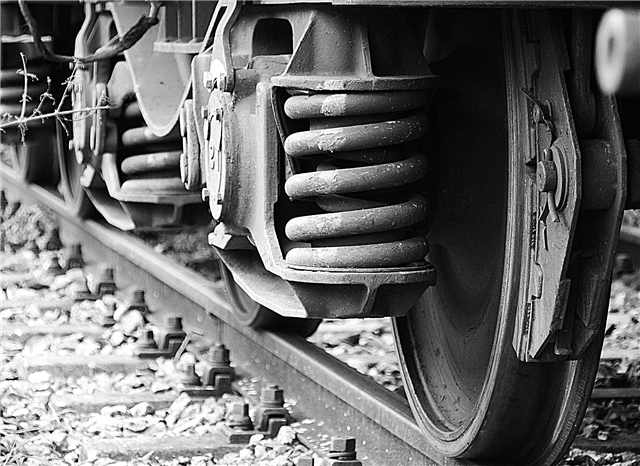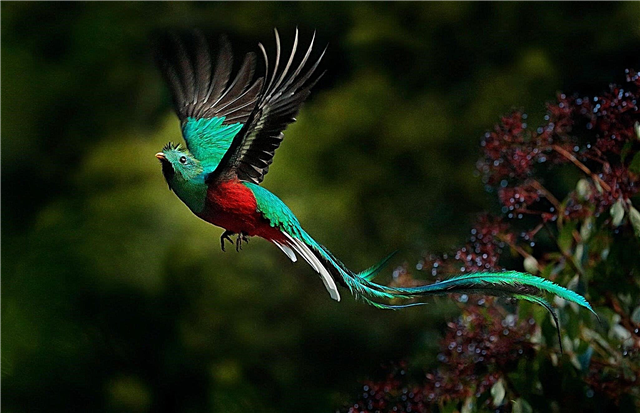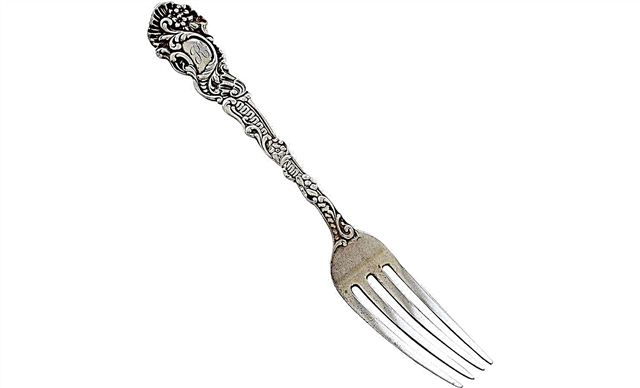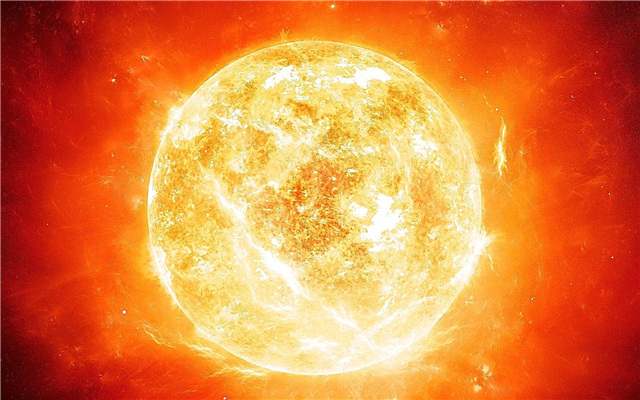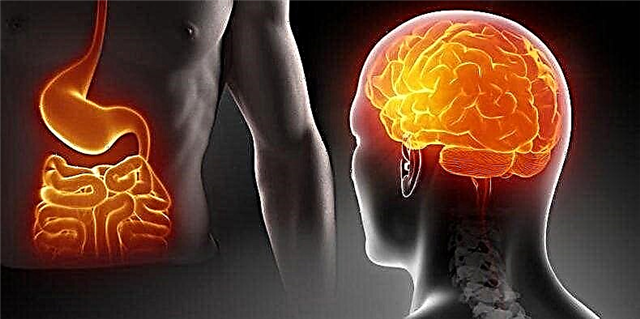
Migrations are characteristic of many living things. But why do they do it? With the same salmon, everything is relatively clear - red fish leaves the rivers in the sea for feeding, but returns for breeding. In the river there is not enough food for large fish, and in the sea there are no conditions for spawning. But why do birds fly away? Why do some of them live settled on their territory, while others travel vast distances?
This is mainly due to the food supply and climate. This issue is worthy of deep consideration, because the flight mechanisms are not unambiguous.
Does cold only stimulate flights?

Many inhabitants are sure that the birds fly away because of the cold. Indeed, in the fall, temperatures are rapidly falling, and people have to get warm clothes from their closets. But are birds really freezing? This point is very doubtful, since the plumage of the vast majority of them is very warm. Winter colds are quite capable of tolerating even a domestic parrot. And large individuals, the same cranes that leave the northern latitudes with beautiful wedges, should not freeze completely. Under the feathers, each bird has a layer of fluff, which provides reliable thermal insulation even at temperatures of -45 degrees. What drives them flying?

The situation becomes clearer if you look closely at the diet of migratory birds and their non-flying counterparts. Omnivores easily tolerate wintering, which easily find food in any season, especially close to humans. Sparrows, crows, pigeons - all of them can find enough food for themselves.If we consider storks, cranes - with the advent of cold weather, they lose access to food. Ponds freeze, they can not hunt frogs and lizards. Insectivorous birds also remain without food - in winter insects disappear, some of them die, the other part is in hibernation.
Why are the birds coming back?

In the southern regions of the bird they find themselves full nutrition, can survive the winter. But what drives them back, because they could stay there forever? It turns out that this moment is associated with reproduction, as in fish. With the approach of the breeding season in birds, the corresponding hormones and other active substances begin to be produced, with an increase in their volume in the blood, the birds return to where they themselves were once born. They fly north to give life to a new generation, who will fly south with their parents by fall, and then return home, north.
Where is the homeland of migratory birds?
Such an incredible craving for the Motherland is instinctively embedded in the birds; they reproduce only where they themselves once hatched from an egg. They fly to the south temporarily, and it is the northern edges that can be considered their homeland. Birds strongly, firmly remember everything that was seen, felt by them immediately after hatching. It is worth remembering that even ducklings consider their mother to be the first person they saw after being born, and can stubbornly follow not only their true duck mother, but also the dog, the man.
Interesting fact: The mystery of bird flights was studied by ancient scientists more than 3000 years ago.Aristotle, Homer reflected on this subject. But there are no exact answers today.
What controls bird flights?

It is still unknown what exactly includes the mechanism of bird flight to the south. Many researchers believe that this mechanism starts with a decrease in daylight hours, but this information is not proven. In any case, this is a vital mechanism, since if they stayed in the north, migratory birds could not survive the winter period. Individuals with damaged wings, unable to travel south, survive only with the help of humans.
The same birds that did not manage to fly from south to north, successfully survive the period of absence of breeding, but for the most part they can not take part in breeding. In order to find a mate and make a laying, the bird must return to places familiar to her, where she returns every year. Many birds, choosing a partner for life, fly in pairs, but as part of a large flock.
Flock flights are safer, and wedge-shaped construction saves energy due to the aerodynamic properties of such a construction. The head bird is the leader, it is the strongest, it has the maximum air resistance, it seems to “cut out” the air space for the rest of the individuals. The leader is periodically replaced by other strong, healthy individuals. Those who are in the middle and end of the wedge have less load.
Thus, the birds leave their northern homeland, so as not to be left without food for the winter period. They come back in order to breed.Many of these mechanisms are still a mystery to scientists who observe bird migration and behavior. Ornithologists still argue a lot about this issue.

